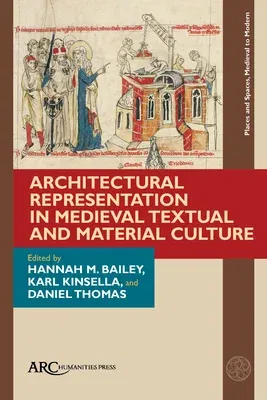Architectural Representation in Medieval Textual and Material CultureHardcover, 28 February 2023

Qty
1
Turbo
Ships in 2 - 3 days
Only 1 left
Free Delivery
Cash on Delivery
15 Days
Free Returns
Secure Checkout

Part of Series
Places and Spaces, Medieval to Modern
Part of Series
Places and Spaces, Medieval to Modern - ARC
Print Length
212 pages
Language
English
Publisher
ARC Humanities Press
Date Published
28 Feb 2023
ISBN-10
1802700005
ISBN-13
9781802700008
Description
Product Details
Book Format:
Hardcover
Country of Origin:
GB
Date Published:
28 February 2023
Genre:
Medieval (500-1453) Studies
ISBN-10:
1802700005
ISBN-13:
9781802700008
Language:
English
Location:
Leeds
Pages:
212
Publisher: